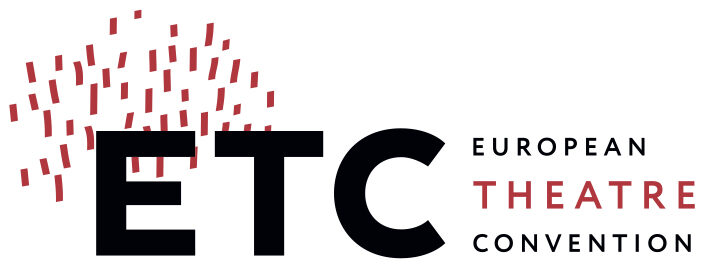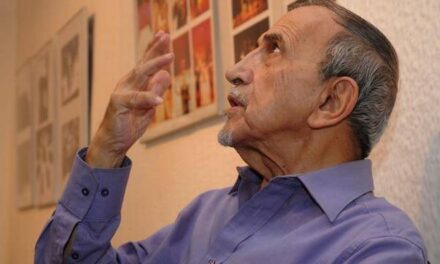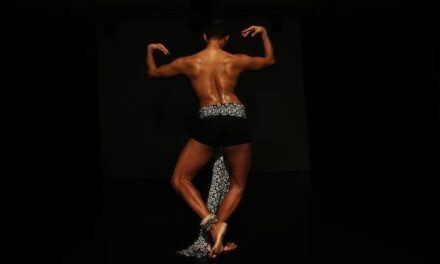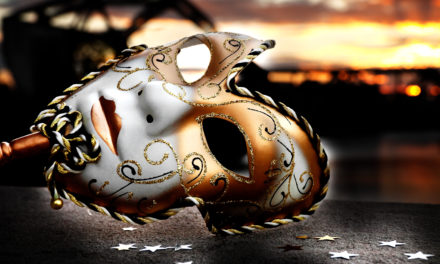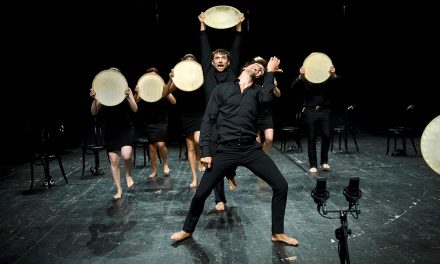2018 is the European Year of Cultural Heritage. To bring awareness to the wealth and contribution of the performing arts to contemporary European identity and discourse, the three major performing arts organisations European Theatre Convention, Opera Europa/ OperaVision and PEARLE* have created a simple, yet effective platform: the online calendar On Stage 2018 is presenting selected high profile performances in renowned theatres, opera houses and other venues all over Europe, all over the year.
The idea is simple, yet effective: Performing arts institutions are invited to submit their events to the online calendar themselves. These events are specifically chosen to represent the diversity and vitality of European performance: not only classical works but also important national productions, contemporary plays, operas, compositions, renowned artists and up-and-coming European talents demonstrate the importance of performing arts in Europe’s cultural legacy. The live shows are part of the organizers’ repertoire, or live-streamed all over Europe by Opera Vision. Additional events are created especially to focus on cultural heritage and its meaning for the future and include behind-the-scenes tours, readings or interviews. The calendar is continuously updated with new events all over Europe, throughout the year.
Cultural heritage in the digital world
It seems a contradiction at first sight: cultural heritage and digital innovation are two extremes of the historical timeline that may not have much in common. At second sight, you might think of the digital preservation and archives in museums and archeological sites. If you think about it a little longer, you very quickly find that cultural heritage is something that is surrounding us everywhere – in architecture, paintings, literature, films, music, theatre… And wherever digital technology is used to make all these pieces of culture accessible, it is building a bridge from the past to the future. It is exactly this joint the European Union is focussing on with the claim of the European Year of Cultural Heritage 2018, Our Heritage: Where the Past Meets the Future.
“Cultural heritage is at the heart of the European way of life. It defines who we are and creates a sense of belonging. Cultural heritage is not only made up of literature, art and objects but also by the crafts we learn, the stories we tell, the food we eat and the films we watch. We need to preserve and treasure our cultural heritage for the next generations. This year of celebrations will be a wonderful opportunity to encourage people, especially young people, to explore Europe’s rich cultural diversity and to reflect on the place that cultural heritage occupies in all our lives. It allows us to understand the past and to build our future.” – Tibor Navracsics, EU Commissioner for Education, Culture, Youth, and Sport
The digital world offers the most exciting ways and platforms to bring cultural heritage to the people, and especially to the young generation. Our partner Ars Electronica in Linz, for example, presents cultural heritage in 3D in Deep Space, showing that the past has a bright future. “You might ask why the Museum of the Future of all places is focusing on the artistic and cultural treasures of past epochs? Indeed, because the research on and presentation of them is currently undergoing a revolution. A revolution that was triggered by new technologies!”
The same the true, of course, for the presentation, promotion, and dissemination of culture. Needless to say that new technologies, the internet, and social media, 3D moving images and other digital tools have made for a sea change in the communication and interaction with the audience and wider public – wider than ever before. And we are still far from using all the possibilities yet… let’s continue the exploration!
This article originally appeared in European Theatre Lab on January 30th, 2018 and has been reposted with permission.
This post was written by the author in their personal capacity.The opinions expressed in this article are the author’s own and do not reflect the view of The Theatre Times, their staff or collaborators.
This post was written by European Theatre Lab.
The views expressed here belong to the author and do not necessarily reflect our views and opinions.

